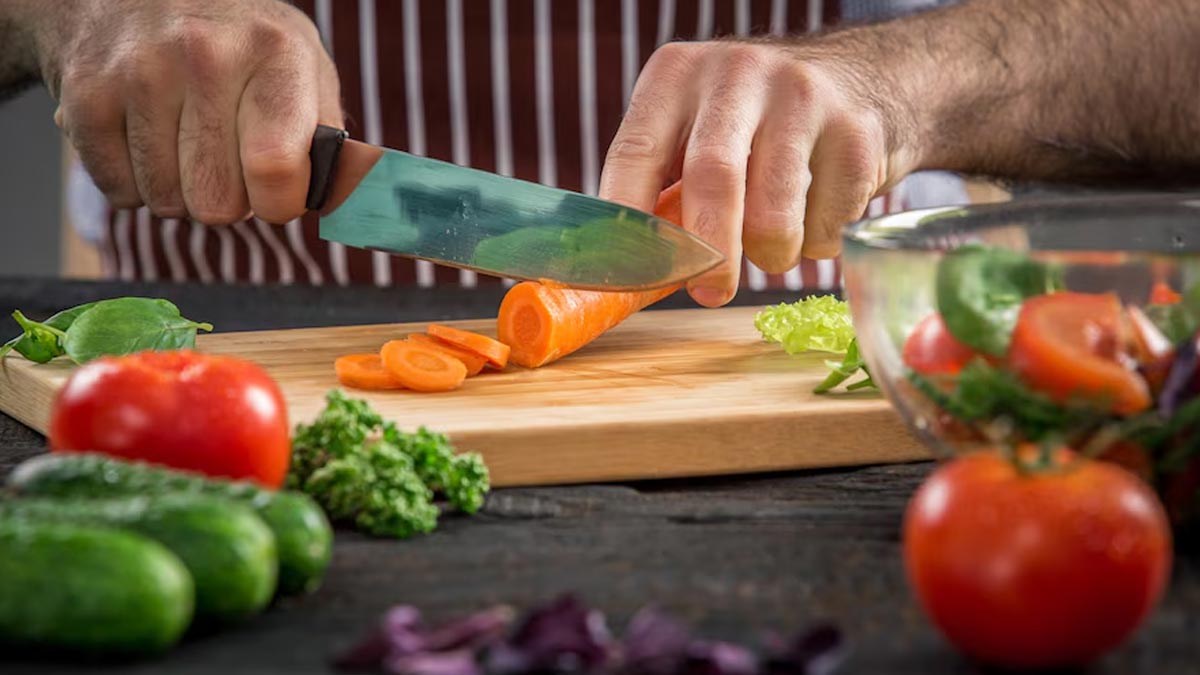Accidents happen, especially in the kitchen, and dealing with a knife cut can be a shocking experience. Knowing how to heal knife cut fast is essential, not just for chefs but for anyone handling blades. With the right approaches, you can minimize pain, prevent infection, and promote fast recovery. This article offers a step-by-step guide to help you handle knife cuts effectively.

Immediate Actions After a Knife Cut
1. Stay Calm and Assess the Wound
The first step is to stay calm. Examine the severity of the cut to determine if it requires professional attention. A deep wound with excessive bleeding may need stitches, while a minor cut can be treated at home.
2. Stop the Bleeding
Use a clean cloth or sterile gauze to apply gentle pressure on the wound. Hold it firmly for 5-10 minutes to stop the bleeding. Avoid peeking too soon, as this can disrupt clot formation.
Cleaning the Wound
3. Wash Your Hands
Before touching the wound, wash your hands thoroughly with soap to prevent infection. This is a simple but crucial step in learning how to heal knife cut fast.
4. Rinse the Cut
Gently rinse the wound under lukewarm running water. Avoid using harsh materials like hydrogen peroxide or alcohol directly on the wound, as they can delay healing.
Protecting the Wound
5. Apply Antibacterial Ointment
After cleaning, use an antibacterial ointment to reduce the risk of infection. This step is critical in ensuring fast and safe wound healing.
6. Cover with a Sterile Bandage
Cover the wound with a sterile bandage to protect it from dirt and friction. Change the bandage once or twice daily to keep the area clean and dry.
Advanced Tips for Healing
7. Keep the Wound Elevated
If the wound is on your hand or arm, keep it elevated. This helps reduce swelling and promotes fast recovery.
8. Stay Hydrated and Eat Nutritious Foods
A balanced diet rich in vitamins like Vitamin C and Zinc supports wound healing. Hydration is also key for tissue repair.
9. Avoid Picking at Scabs
As the wound heals, a scab will form. Avoid the temptation to pick at it, as this can reopen the wound and delay healing.
When to Seek Medical Help
While minor cuts can often be managed at home, certain conditions indicate the need for medical attention:
- Excessive bleeding that doesn’t stop after 10 minutes of pressure.
- Signs of infection, such as redness, swelling, or pus.
- A deep cut exposing muscles or bones.
- Numbness around the area, indicating possible nerve damage.
Kitchen Safety Tips to Avoid Knife Cuts
Prevention is always better than cure. Follow these simple yet effective tips to stay safe in the kitchen:
- Keep your knives sharp to reduce slippage.
- Always cut on a stable surface.
- Use the right knife for the task.
- Properly store knives to avoid accidental cuts.
For more tips, check out this guide on cutting vegetables safely.
FAQs About Knife Cut Healing
1. Can I use super glue on a knife cut?
Medical-grade adhesives can be used for minor cuts, but avoid common household super glue. Consult a healthcare provider first.
2. How long does it take for a knife cut to heal?
Minor cuts usually heal within 7-10 days with proper care, while deeper cuts may take longer and require stitches.
3. Should I keep the wound dry?
Yes, keep the wound dry, especially during the initial healing stages. However, keep it clean by rinsing with water when changing bandages.

External Resources
Enhance your kitchen skills and safety by visiting knife safety basics from professionals.
Learning how to heal knife cut fast is not only a life skill but a life-saving measure. By following these tips, you can recover quickly and return to doing what you love, whether that’s cooking at home or on a professional level.
This article contains affiliate links. We may earn a commission at no extra cost to you.


